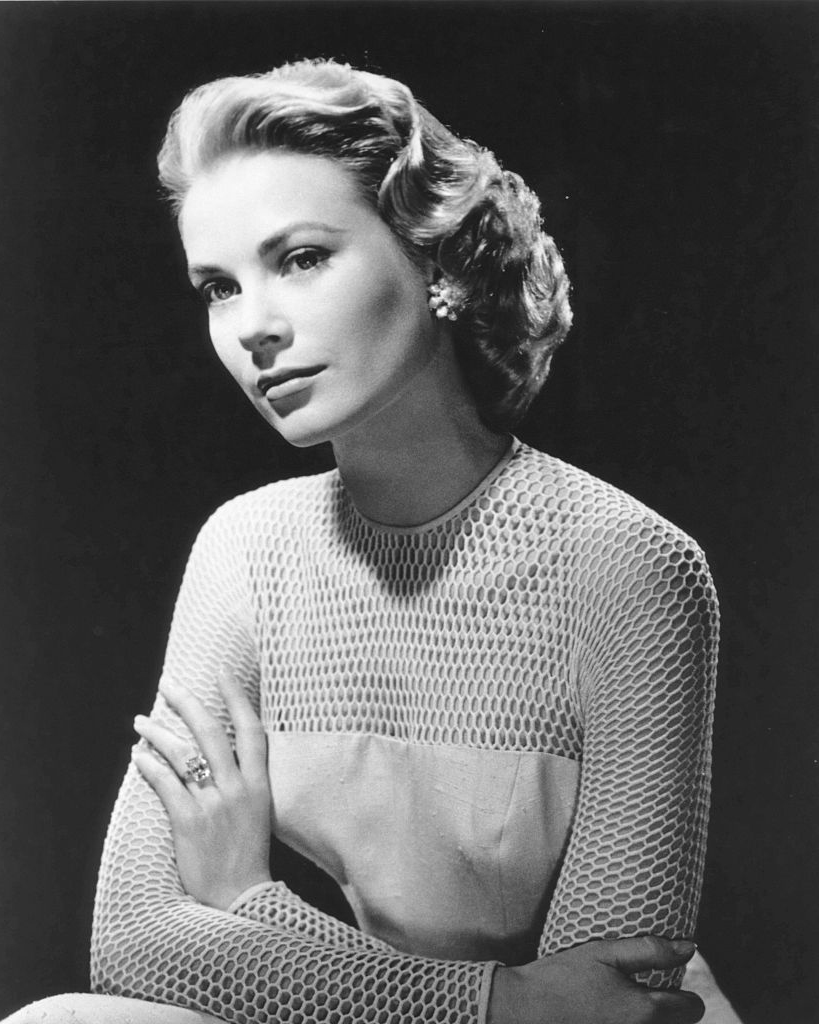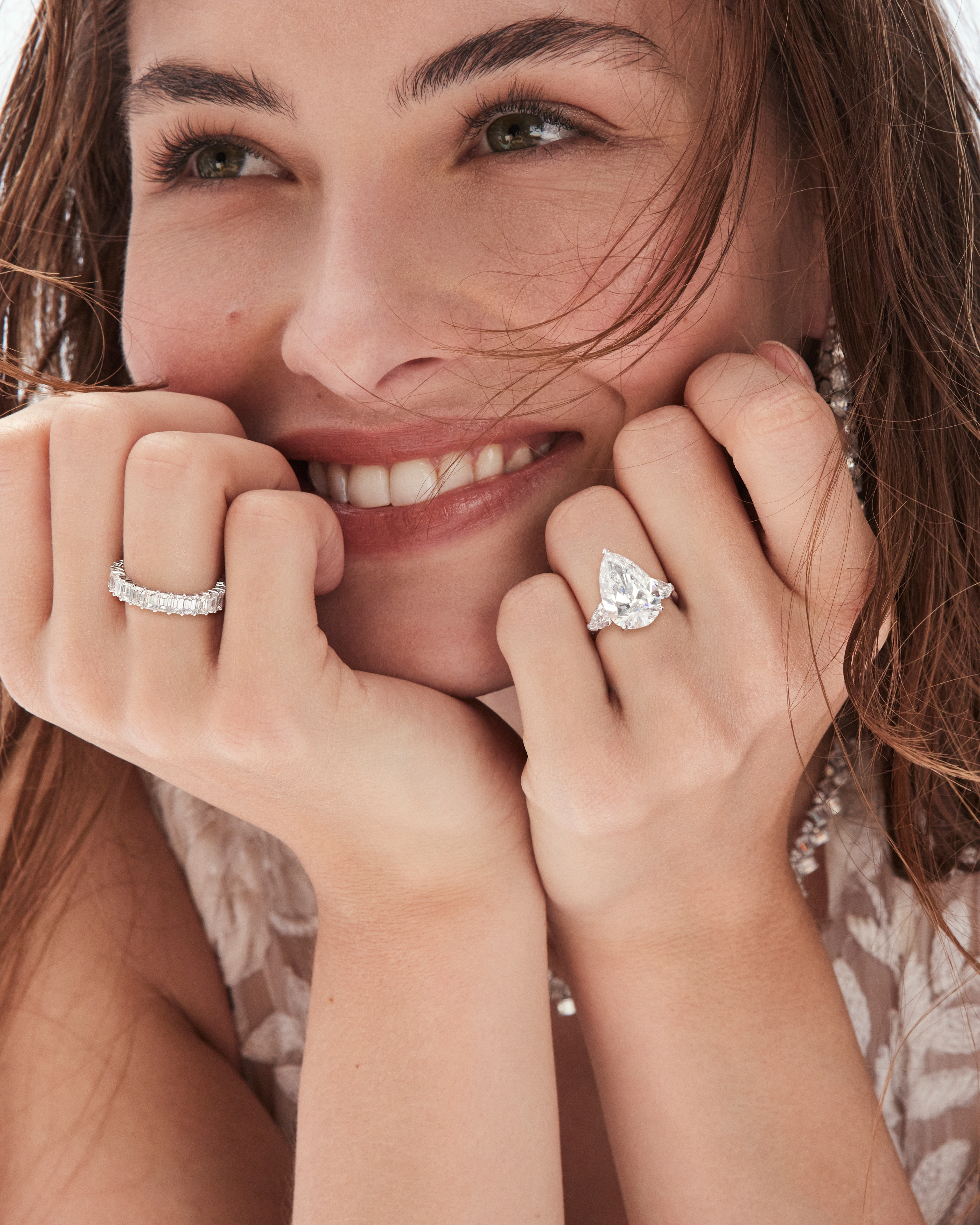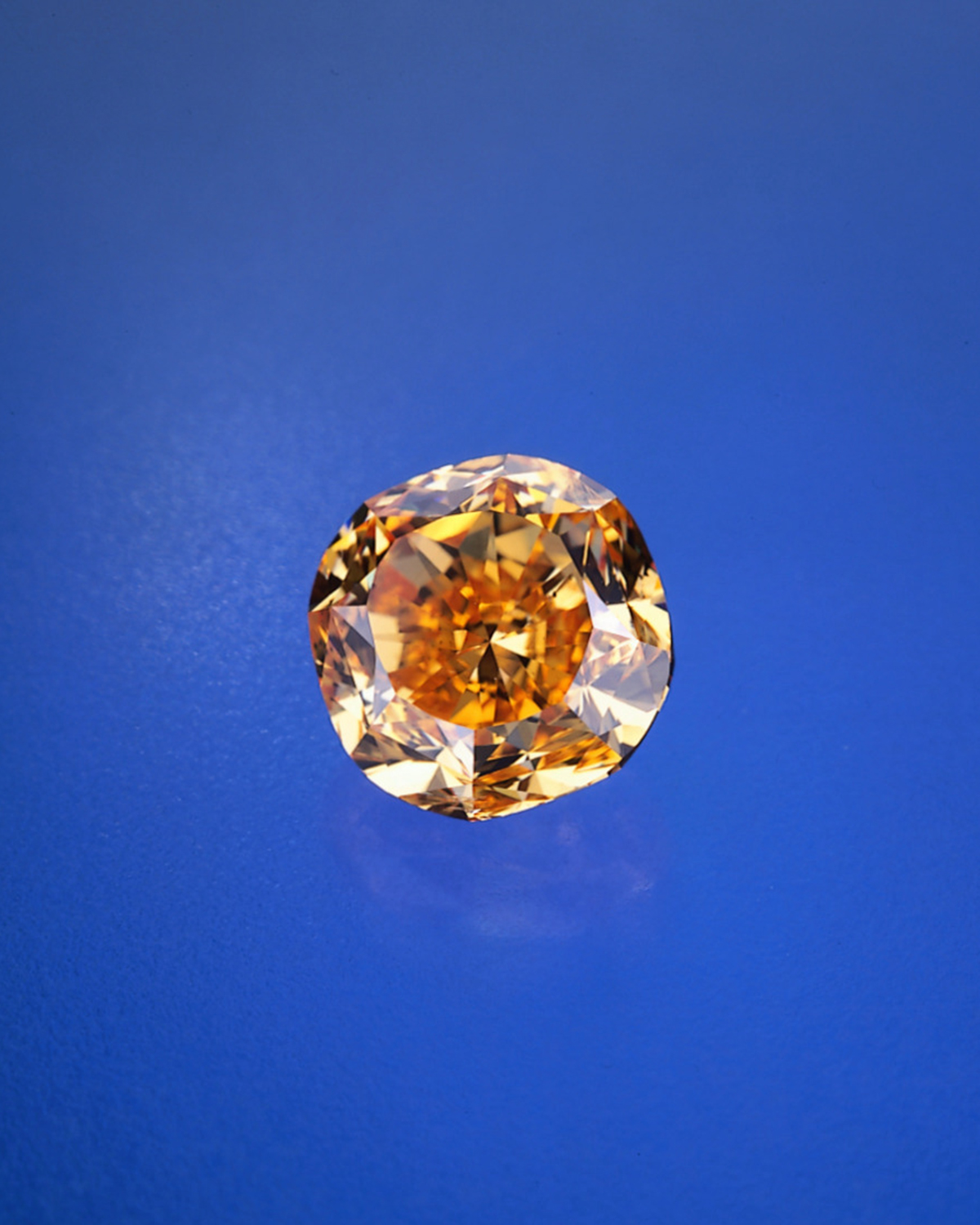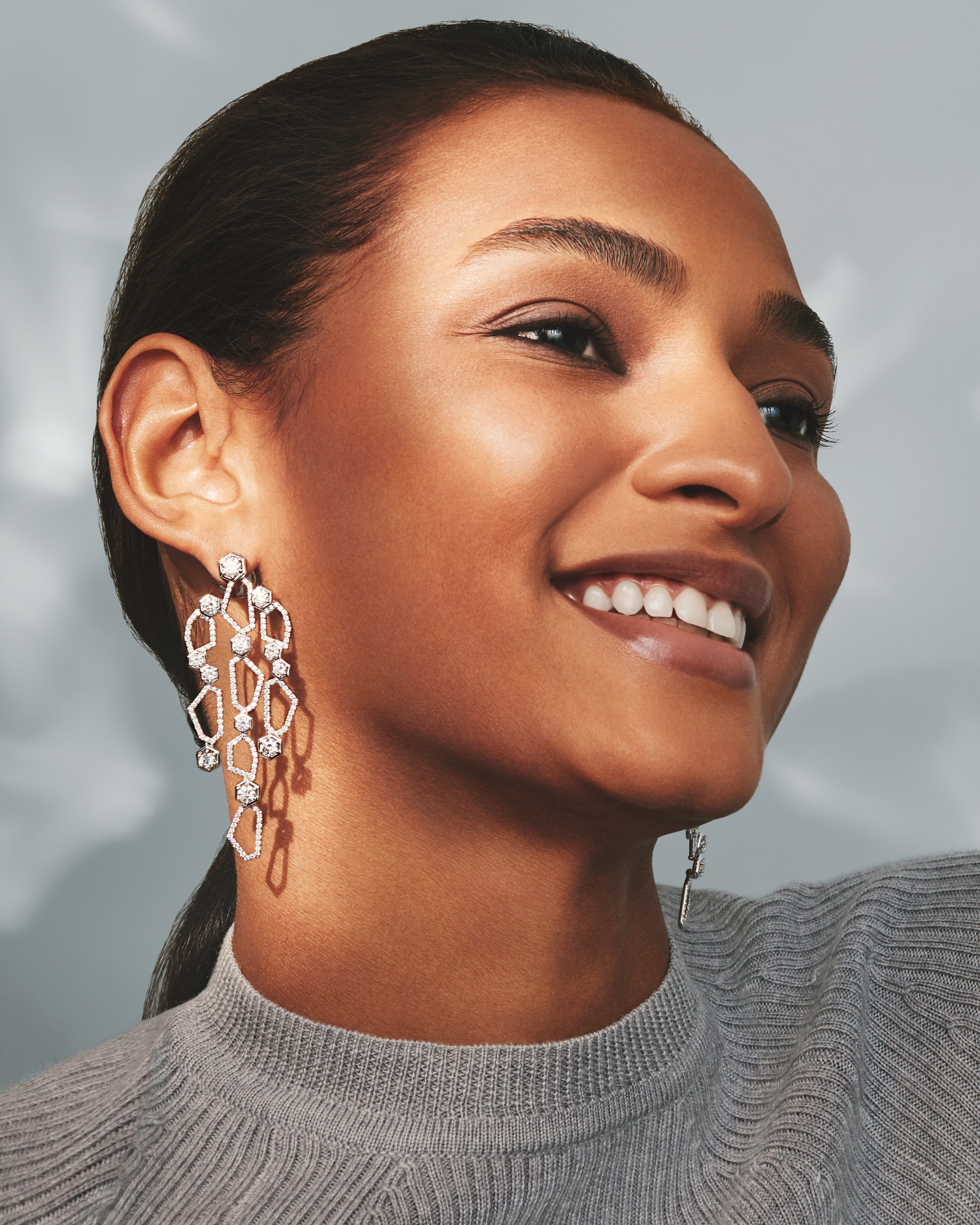How Marie Antoinette’s Jewelry and More French Royal Diamonds End Up on Auction
Here’s how historical jewelry like Marie Antoinette’s diamond bracelet end up on auction at Christie’s.
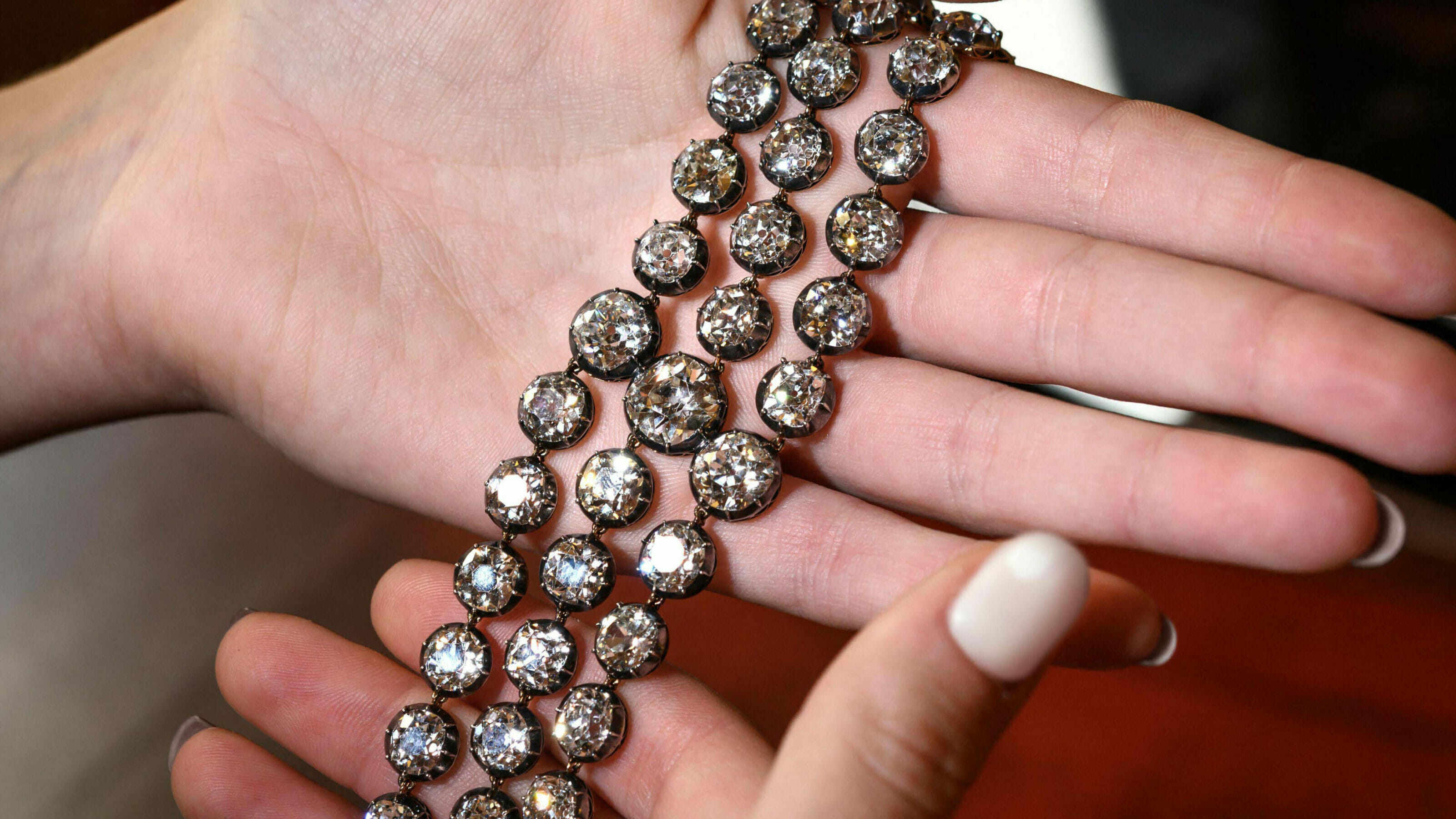
When a diamond jewel from a royal collection ends up at auction, a jolt of excitement runs through the market. The sale presents an opportunity to see up-close, or—if money is no object—buy a bit of sparkling history.
Turns out, it’s all happening right now: the jewelry-loving world is in a storm of enthusiasm over a pair of Marie Antoinette’s diamond bracelets made by a jeweler named Boehmer, which are being sold at Christie’s in Geneva on November 9 after a world tour that includes stops in New York, Hong Kong, Shanghai and Beijing. Marie Antoinette’s jewelry conjure up images of an almost mythical court at Versailles. They also bring to mind Sofia Coppola’s 2006 biopic of the ill-fated queen with the candy-colored costumes and dreamy visuals.
Read More: Le Grand Mazarin Diamond: The History of One of the Most Famous French Crown Jewels
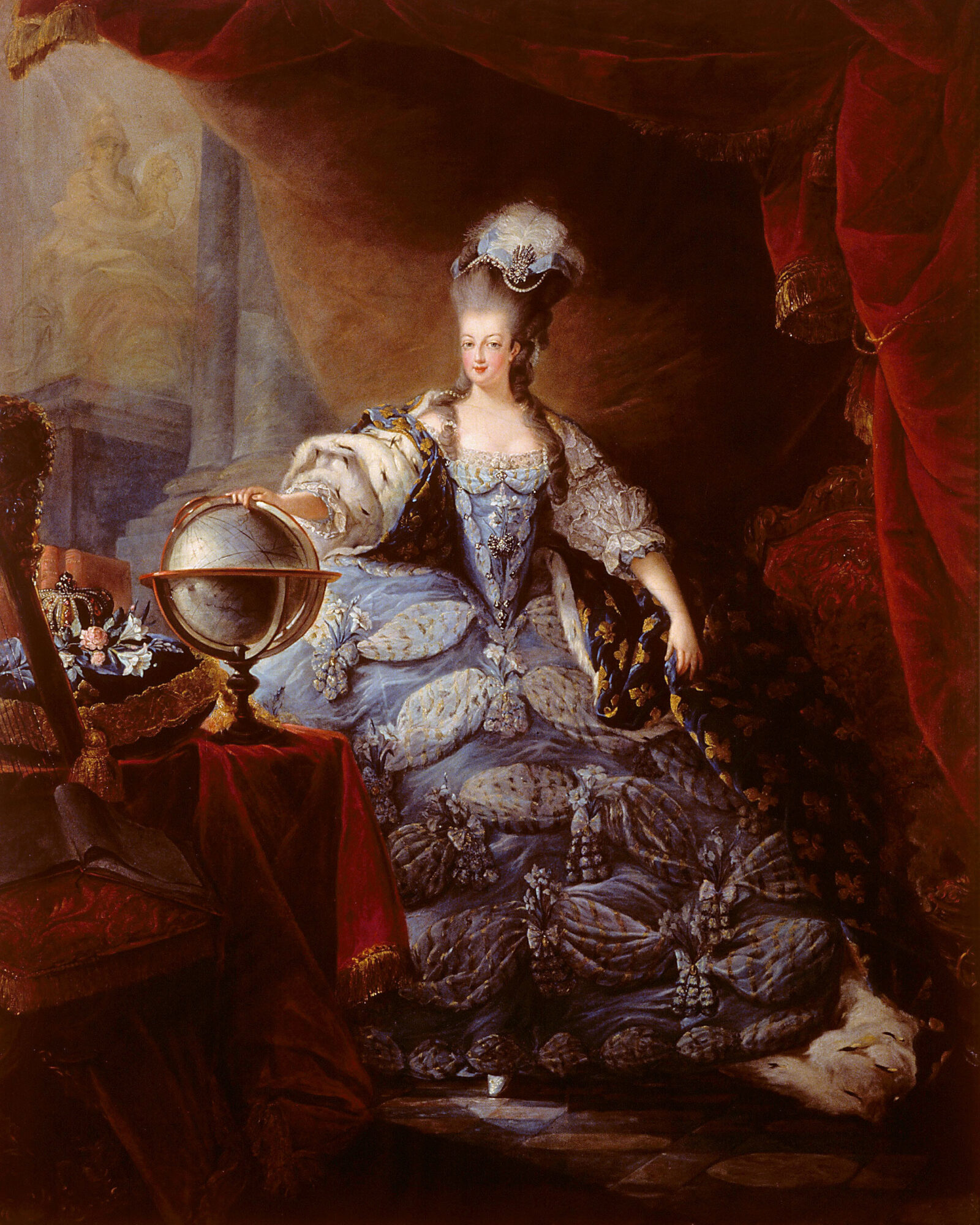
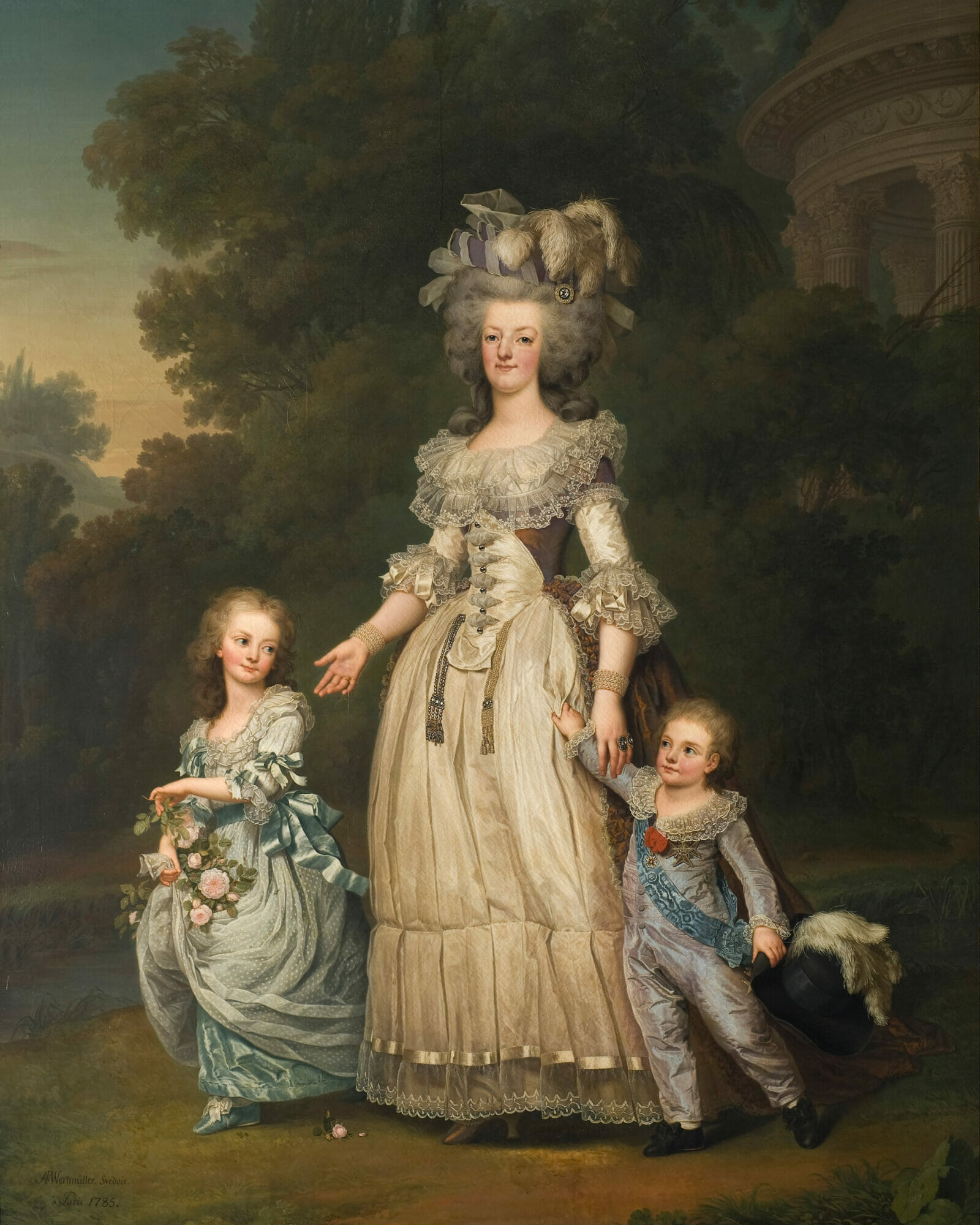
The estimate for Marie Antoinette’s jewels is $2 to $4 million, but no one will be surprised if they sell for more. The bracelets, which are set with 112 diamonds weighing a total of approximately 145 carats, were very expensive when the Queen of France bought them in the spring of 1776. French jewelry historian Vincent Meylen found the receipts for the sale of the jewels in King Louis XVI’s personal papers. It was also disclosed that they were originally paid for in cash and gems.
According to the auction house, the pre-sale estimate for the bracelet was $1-2 million Swiss francs. On November 9, the bracelet sold for $7.46 million Swiss francs ($8.18 million), several times the pre-sale estimate, Christie’s said.
So how did Marie Antoinette’s jewelry up at auction? And where have they been all these years?
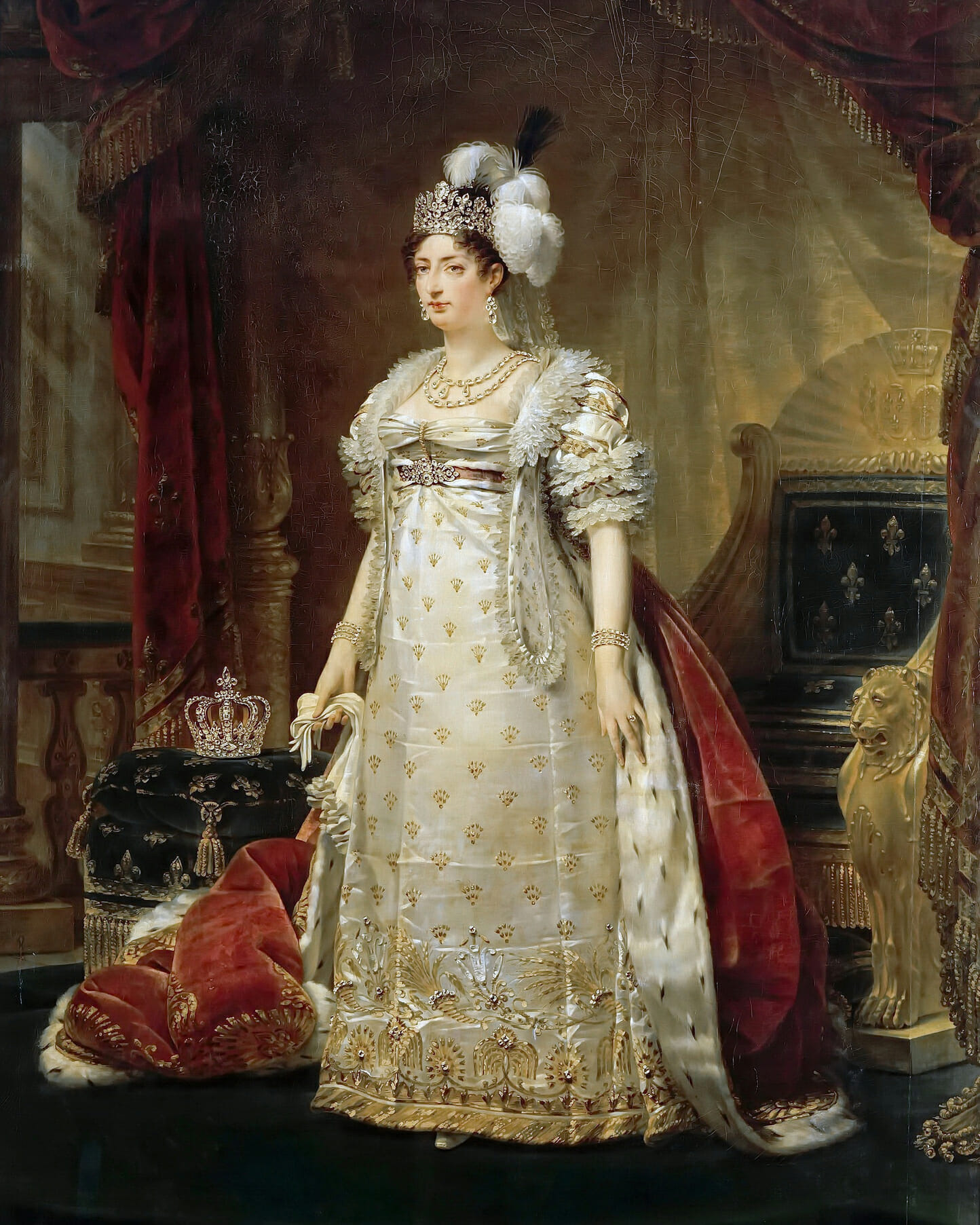
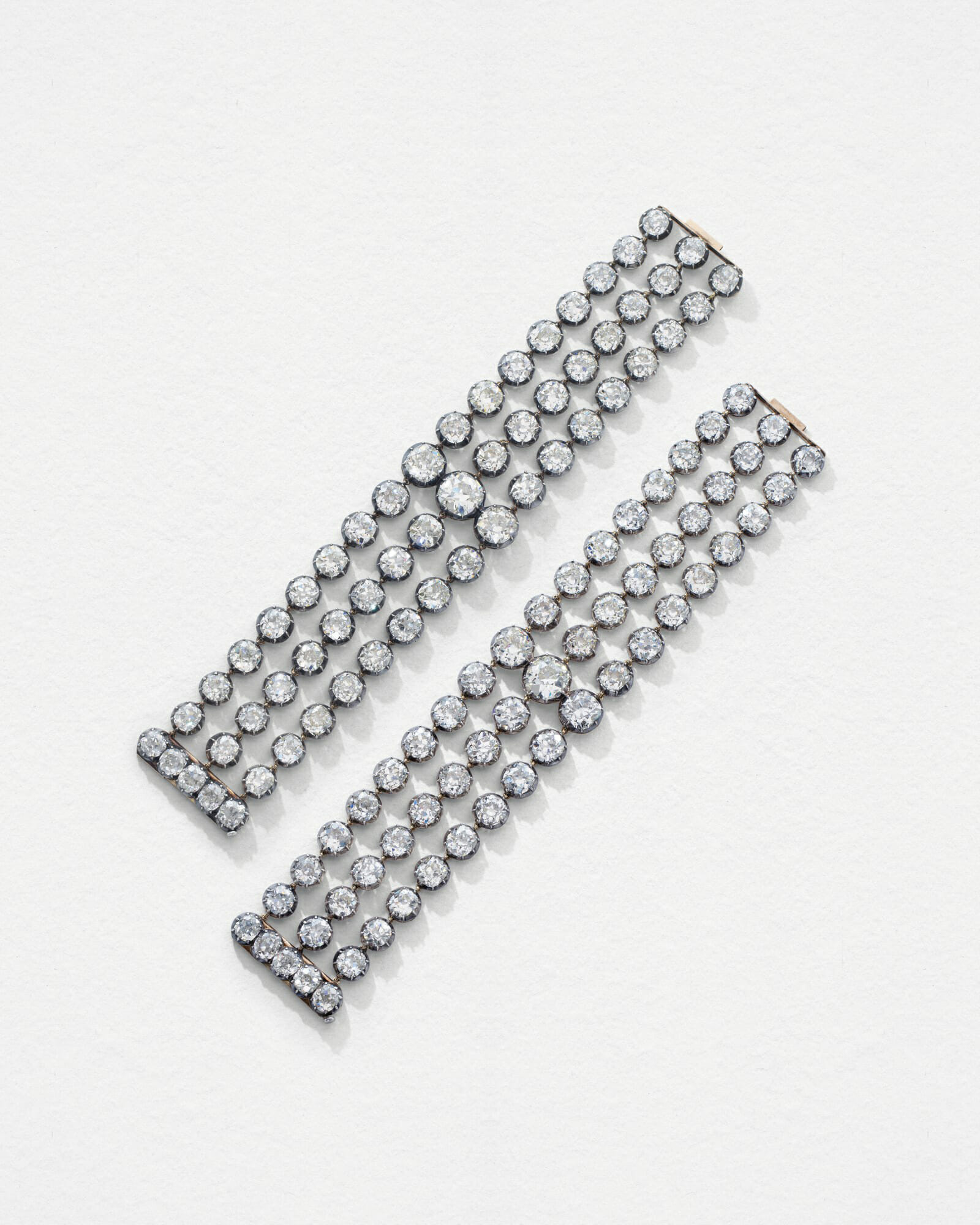
Photo: Christie’s
Before the French Revolution began in 1789 and the royal family was imprisoned, Marie Antoinette packed some of her beloved jewels in a wooden chest and sent them for safe keeping to her native Austria. Years later, King Louis XVI and Marie Antoinette’s only surviving child Marie-Thérèse de France, known as Madame Royale, received the jewels. They have been passed down through members of the family ever since and voilà they finally landed at auction.
The Friends of the Louvre is one of several who may be bidding on Marie Antoinette’s bracelets. Over the last several decades the organization has bought jewels that belonged to key members of the French nobility and gifted them to the museum.
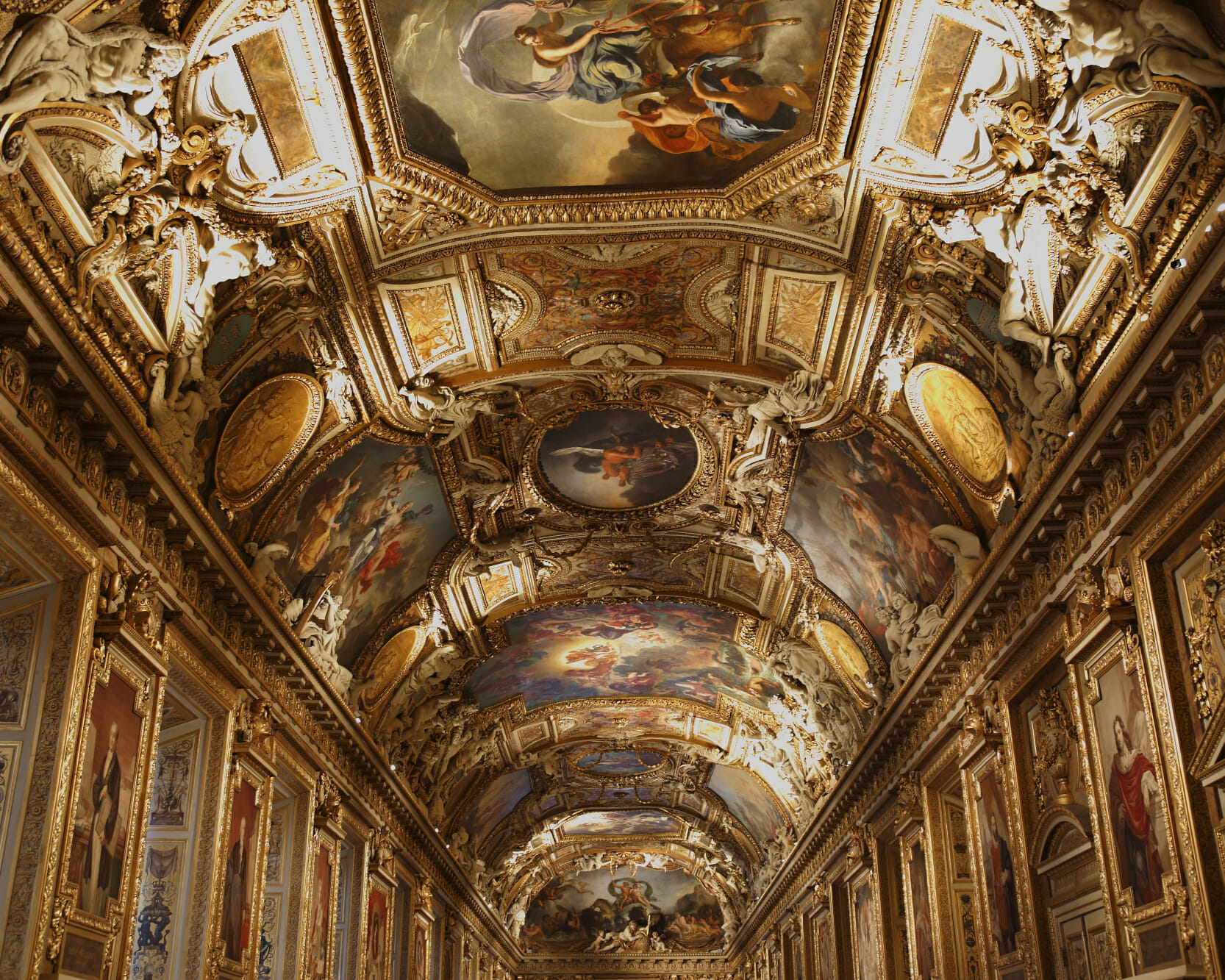
Photo: 2020 Musée du Louvre Antoine Mongodin
Many of the French Crown Jewels have been on the open market because they were sold in an infamous 1887 auction organized by the French government titled “The Diamonds of the Crown of France.”
Purposely overlooking the aesthetics and history of the collection, the Third Republic built a case to get rid of the royal jewels by labeling them frivolous. The truth was, the officials believed anybody whose family had worn the jewels might suddenly lay claim to them—and the political power they represented—if they remained in the French treasury. It has been part of the Friends of the Louvre’s mission to buy as many of these jewels as possible.
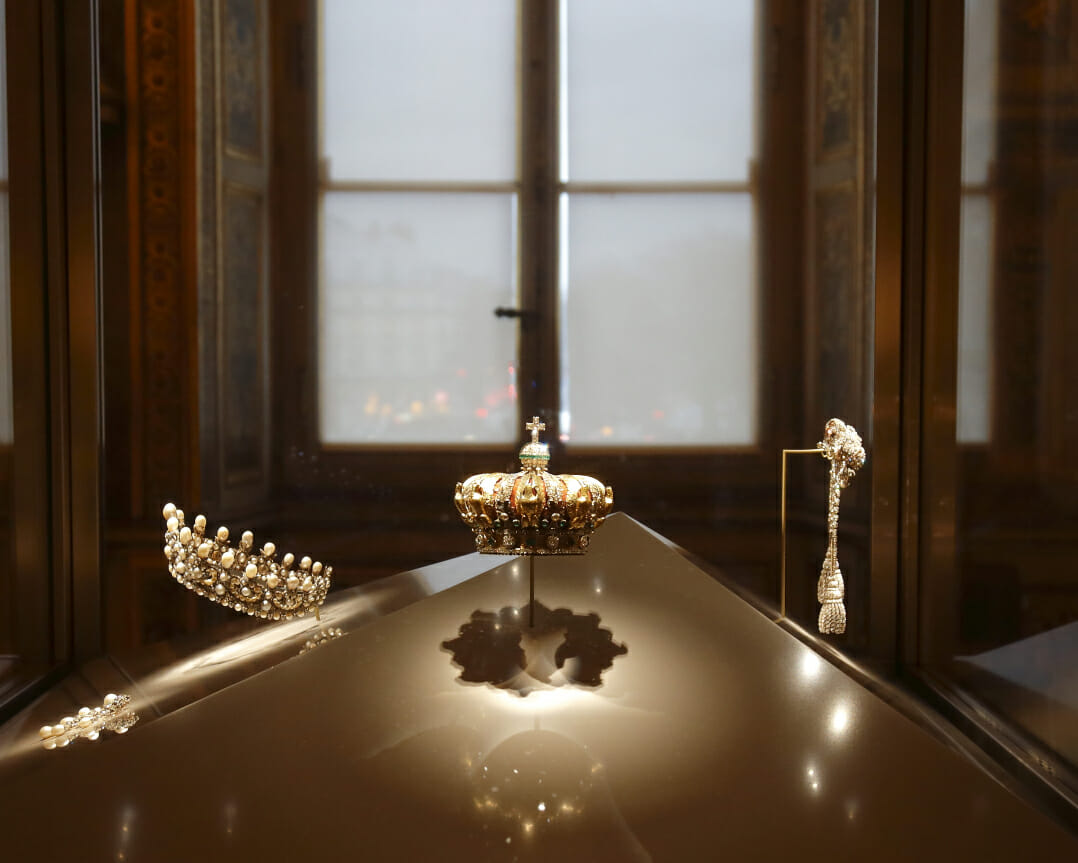
In January 2020, the Louvre unveiled a new installation of the jewels they have been acquiring that is befitting of the history and majesty of the treasures. They are located within the historic Galerie d’Apollo, an over-the-top reception hall originally designed for Louis XIV, which was the inspiration for the Hall of Mirrors at Versailles. The grandeur of the space makes you feel like the Sun King and his court could come walking in at any moment.
Some of the most dazzling diamond jewels on display once belonged to Eugénie, the last Empress of France, and wife of Napoleon III. A style icon of the Second Empire, she often worked closely with jewelers on her extraordinary pieces.
Read More: 6 Must-See Diamond Jewelry Pieces in Chaumet’s New “Joséphine and Napoléon” Exhibition
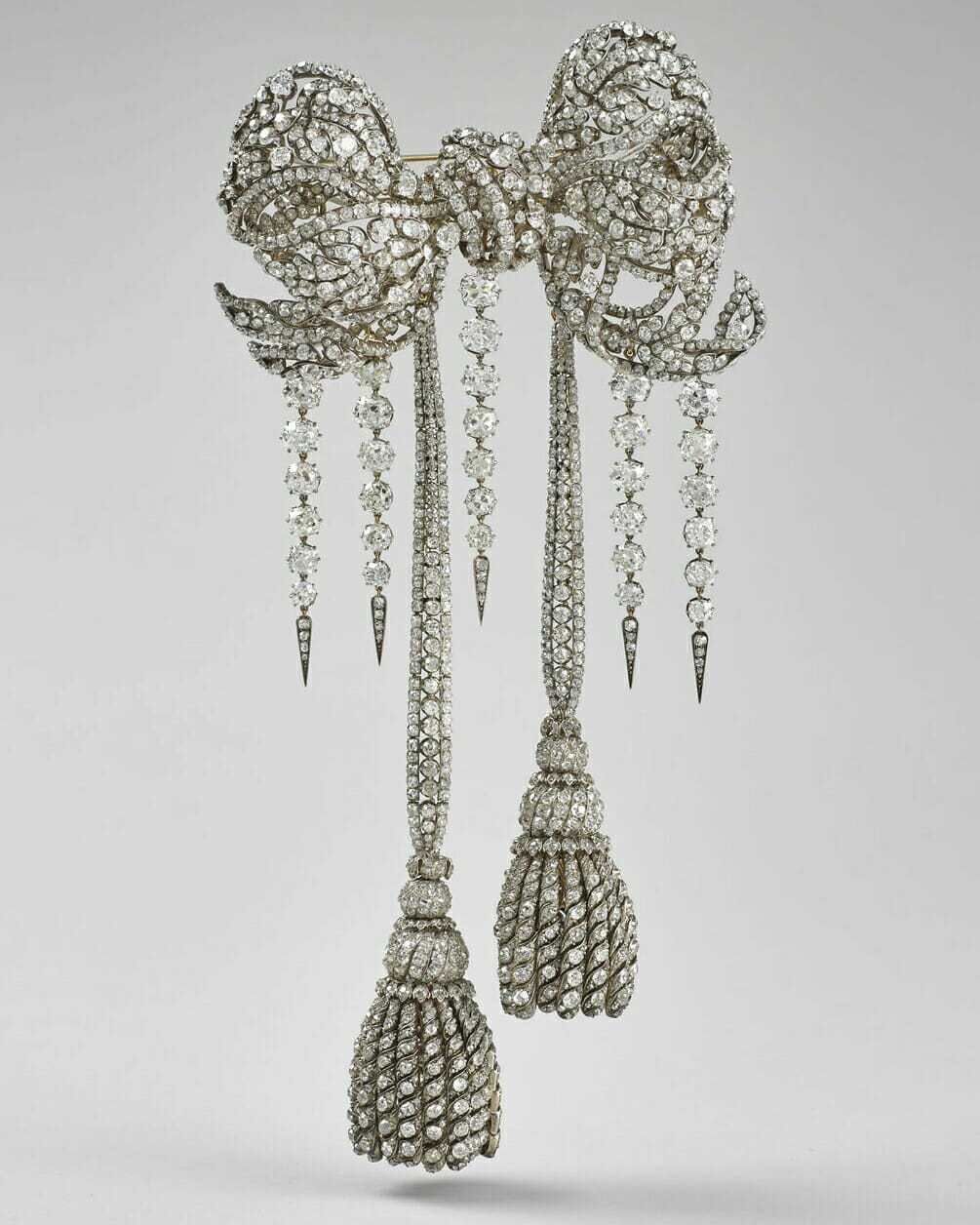
Eugénie’s spectacular diamond bow brooch made by François Kramer in 1855 wasn’t quite spectacular enough for her taste. She had it altered to include five diamond streamers and two large tassels. From top to bottom, the jewel is almost nine inches high. Eugénie wore it as a stomacher, a decoration pinned to the décolletage.
When the bow was sold at the 1887 auction, it was purchased by a jeweler named Schlessinger for Caroline Astor, the doyenne of New York society during the Gilded Age. The Louvre acquired the jewel in 2008 when it went back on the market.
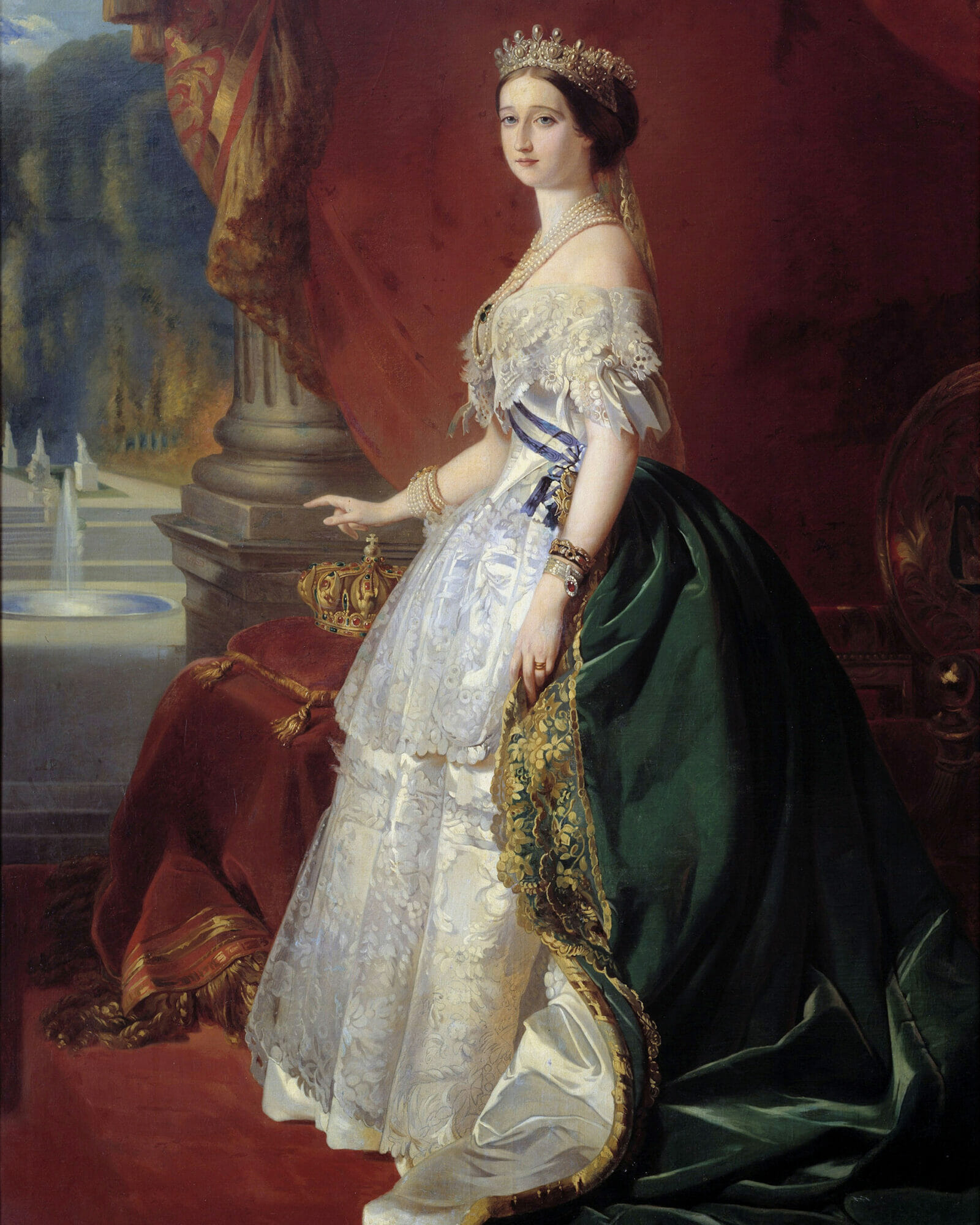
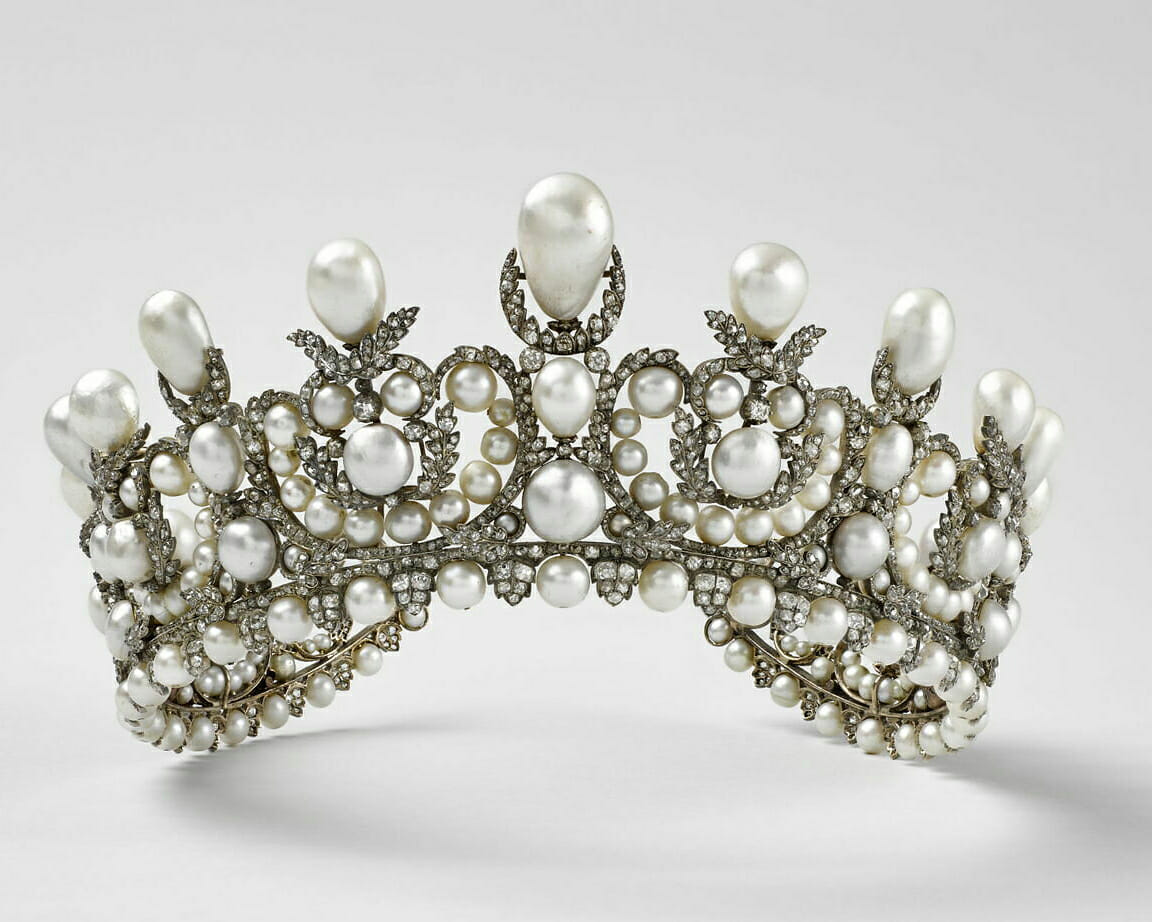
Empress Eugénie’s stunning pearl and diamond tiara, made by Alexandre-Gabriel Lemonnier in 1853, was a wedding present. It’s set with almost 2,000 diamonds weighing over 60 carats and around 200 pearls and could easily rival Marie Antoinette’s jewelry,
The piece was sold at the 1887 auction and shortly after acquired by the Thurn and Taxis royal family of Germany. Almost 100 years later, Gloria, Princess Thurn and Taxis—who was once known as the “punk princess” for her wild style—wore it to her 1980 wedding to Prince Johannes. The Friends of the Louvre purchased it from a Thurn und Taxis estate auction in 1992 and gave it to the museum.
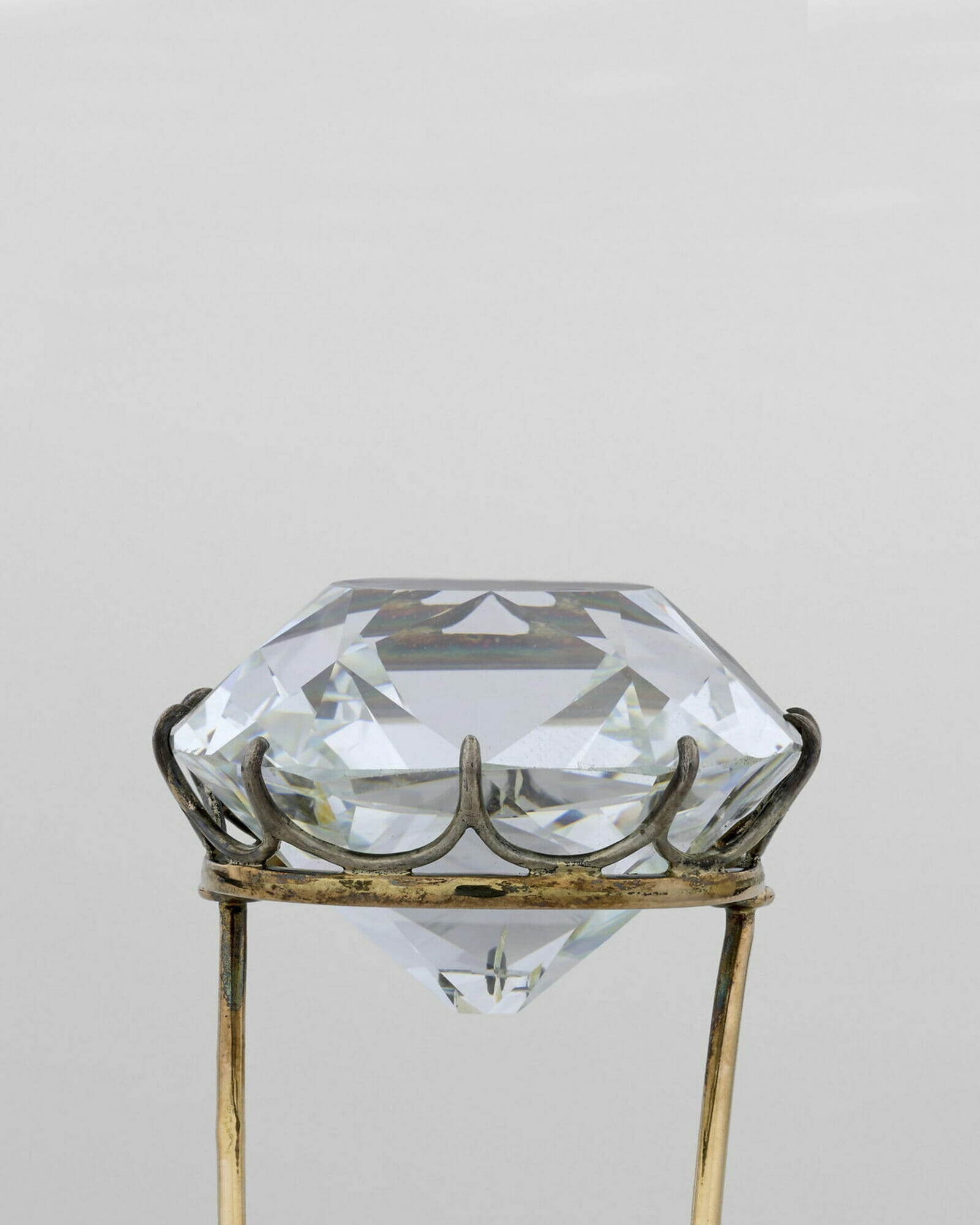
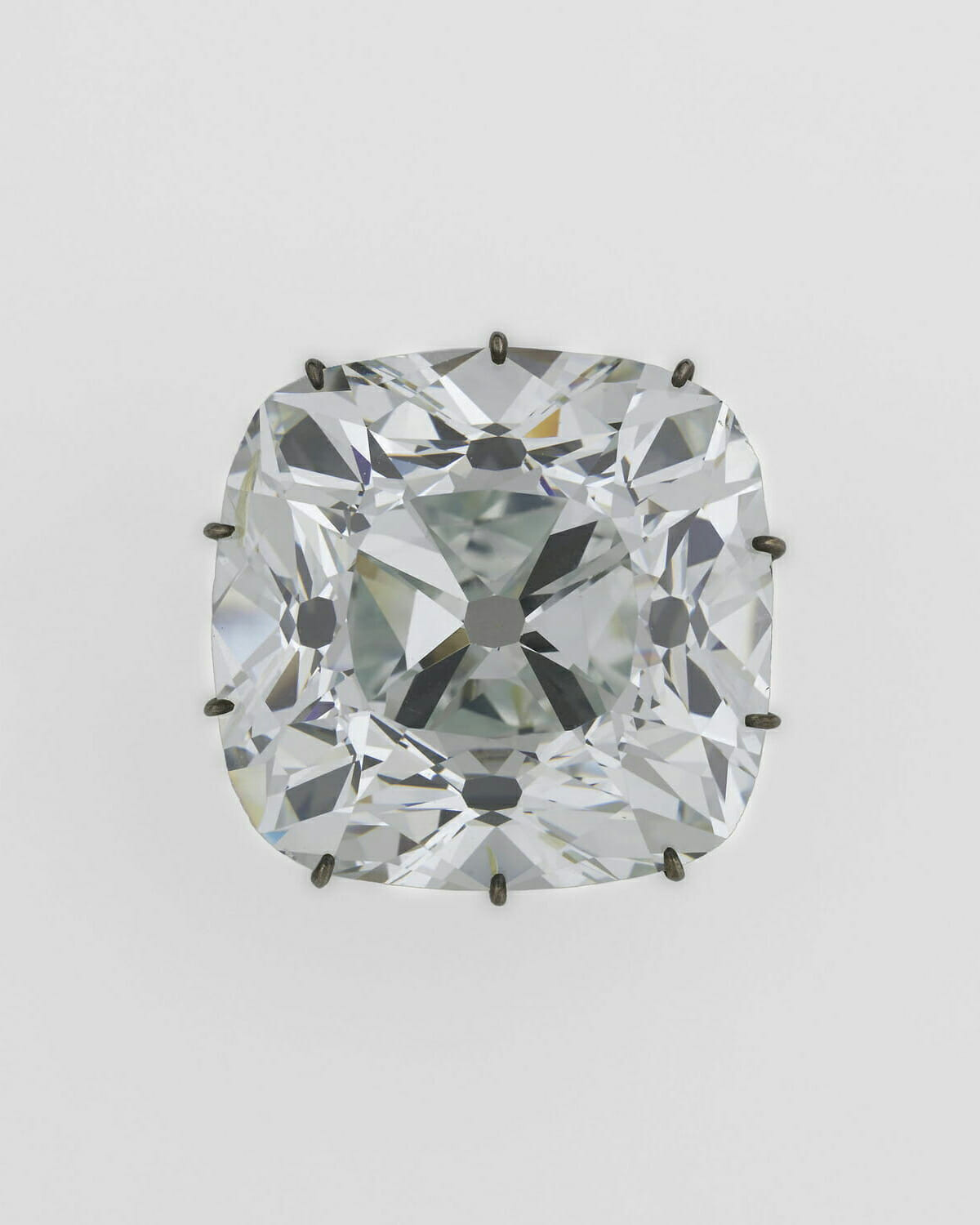
The Third Republic government may have been ruthless in their decision to sell the treasures of the French Crown at auction in 1887, but there were a couple of historic diamonds they could not stomach to put on the open market.
One was the 140.64 carat Regent Diamond—or as the French say, Le Régent. The storied stone comes from the legendary Golconda Mines of India. The gem’s masterful shape took two years to cut. It’s practically flawless and has excellent color. The Regent was worn in various crowns by Louis XV, Louis XVI, Louis XVIII, Charles X and Napoleon III. Swashbuckling Napoleon I had it set in his sword. For a time, it sparkled in one of Empress Eugénie’s diadems.
Now the Regent Diamond holds court alongside so many other treasures from the French Crown at the Louvre. Who knows maybe Marie Antoinette’s bracelets will be joining the display soon.
Read More: A Symbol of Beauty and Purity: The Regent Diamond
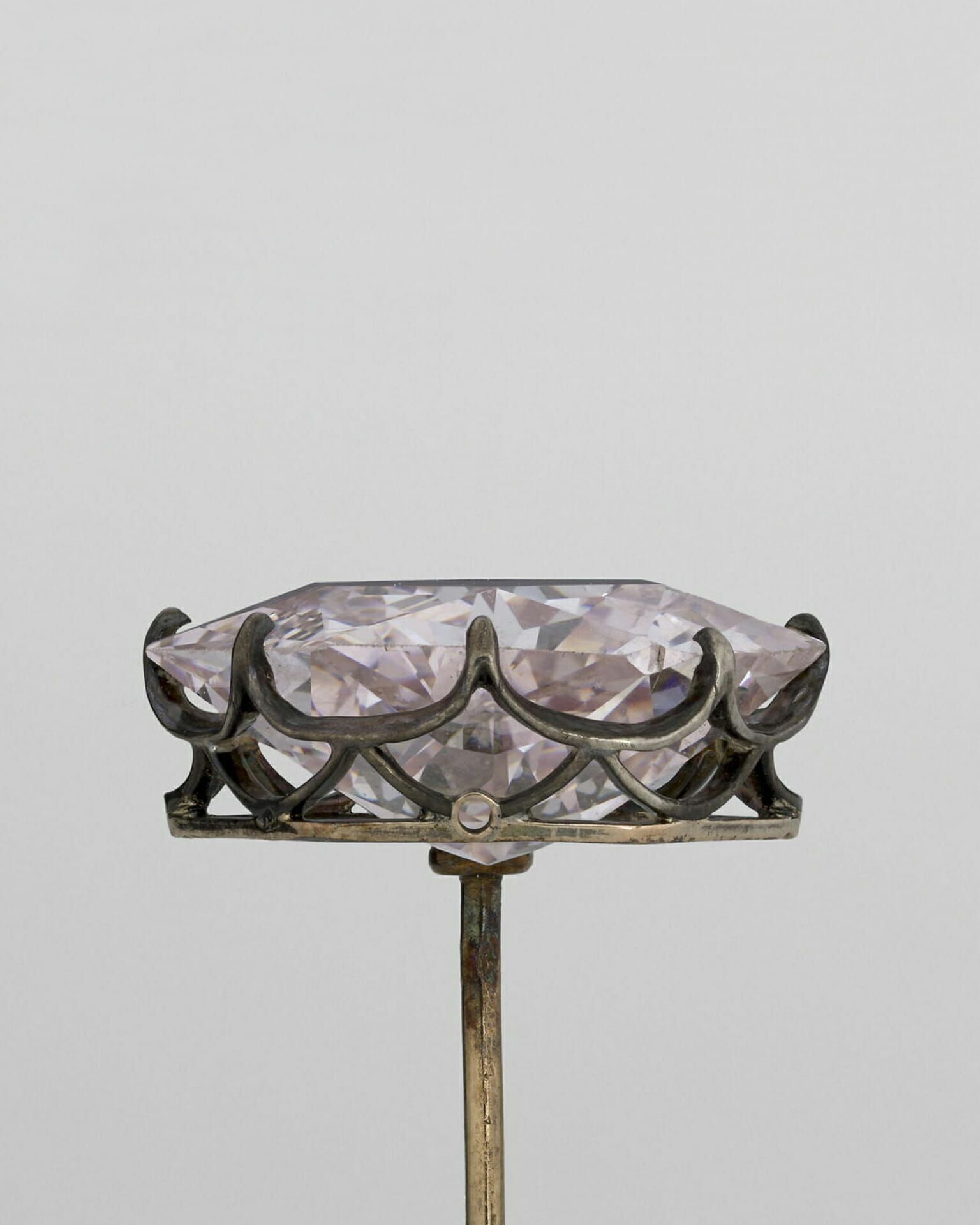
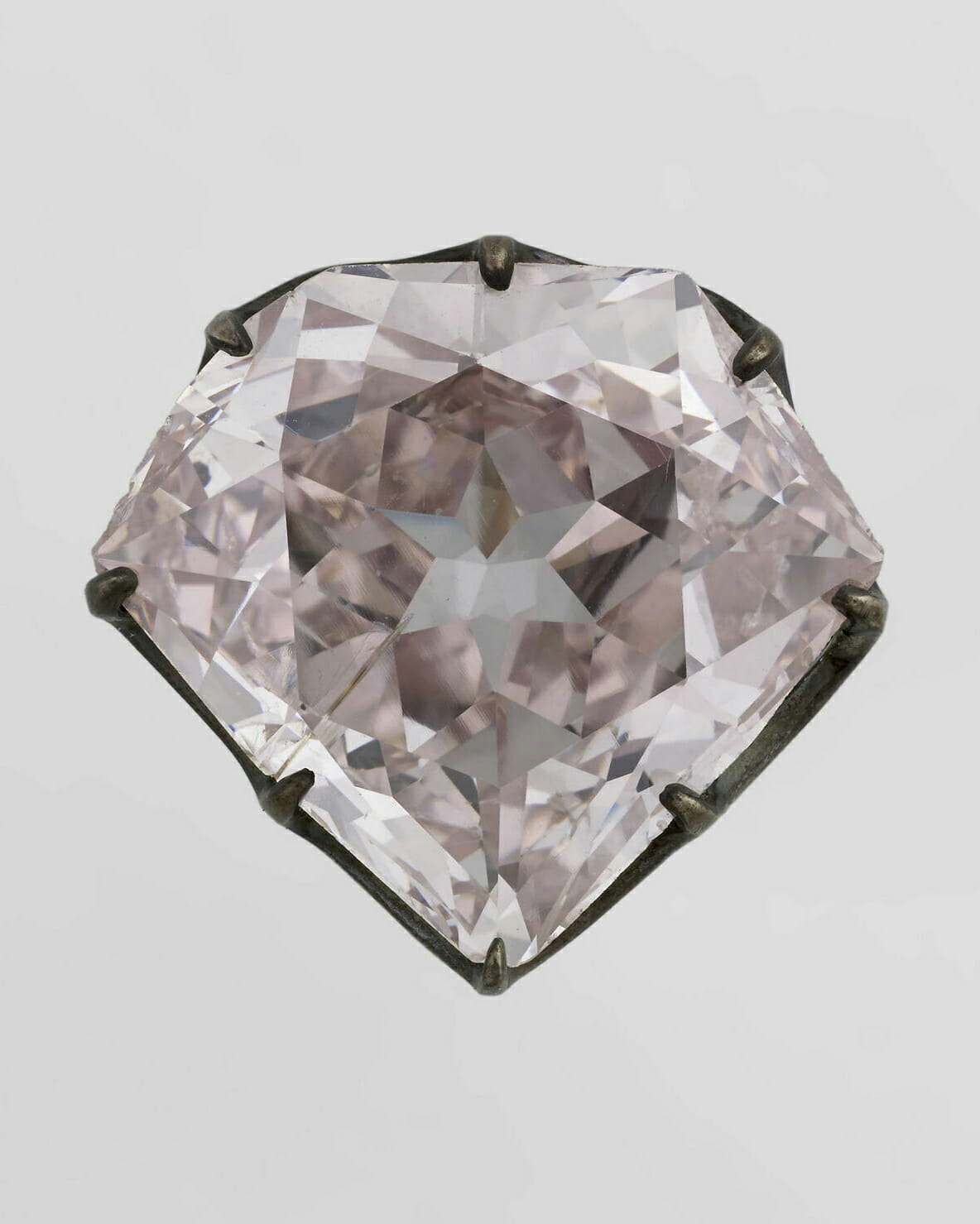
Photo: 2015 RMN-Grand Palais (Louvre museum) Stéphane Maréchalle
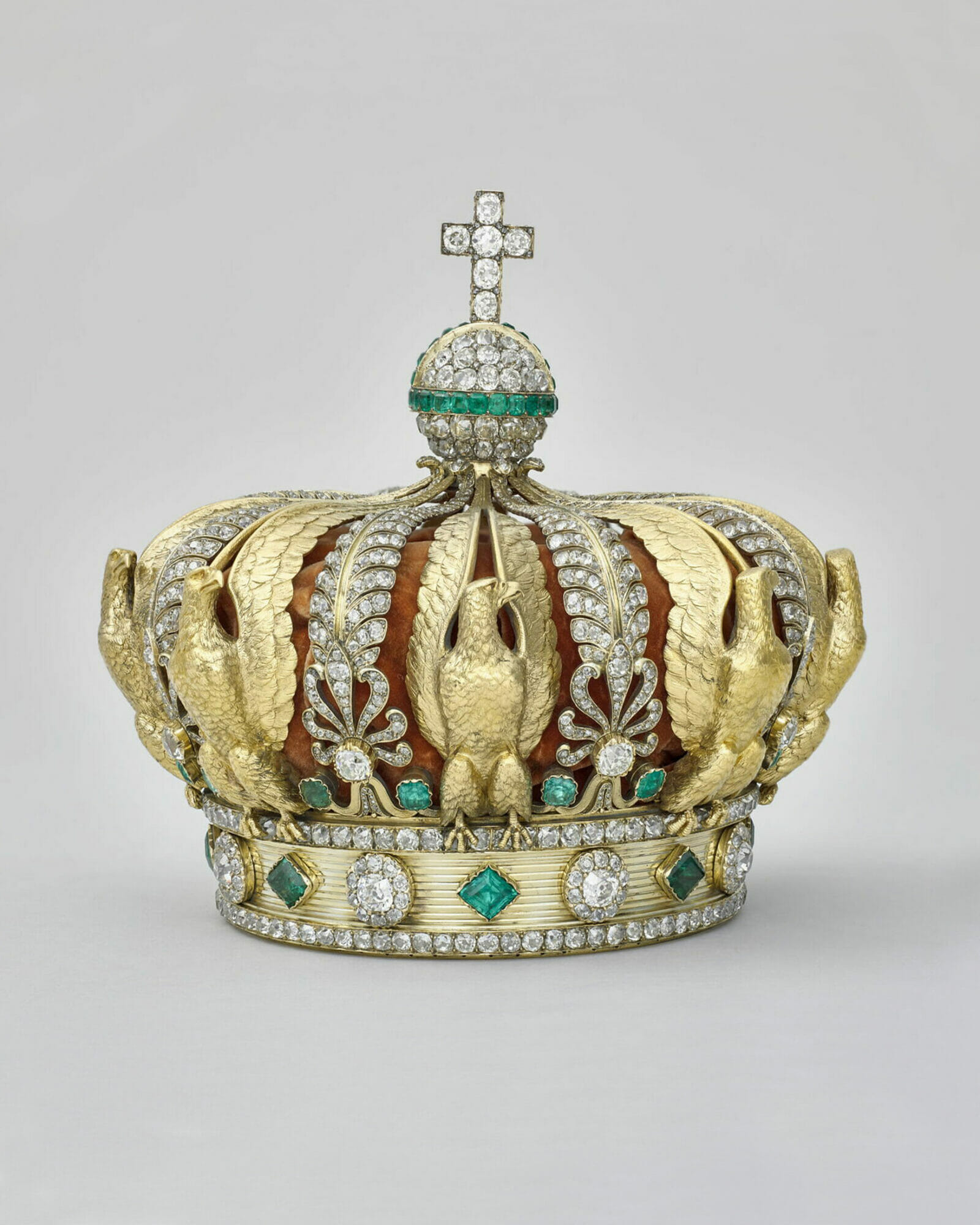
Photo: 2016 RMN-Grand Palais (musée du Louvre) Stéphane Maréchalle

